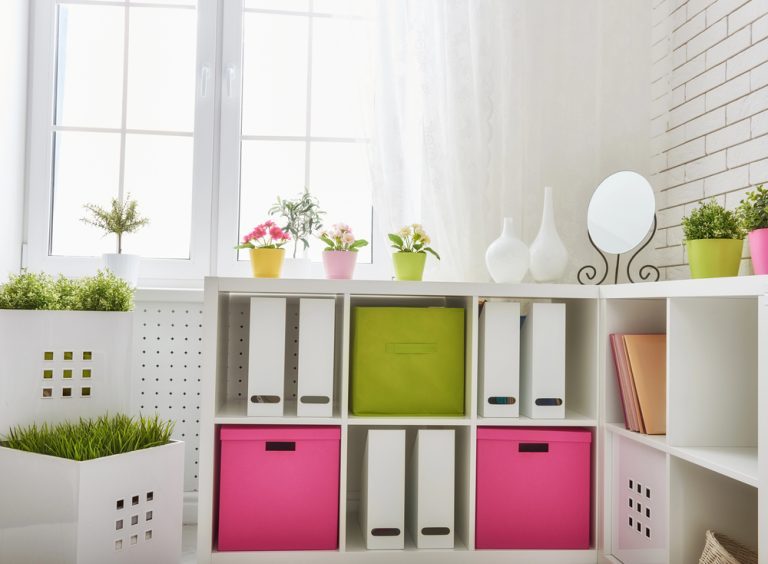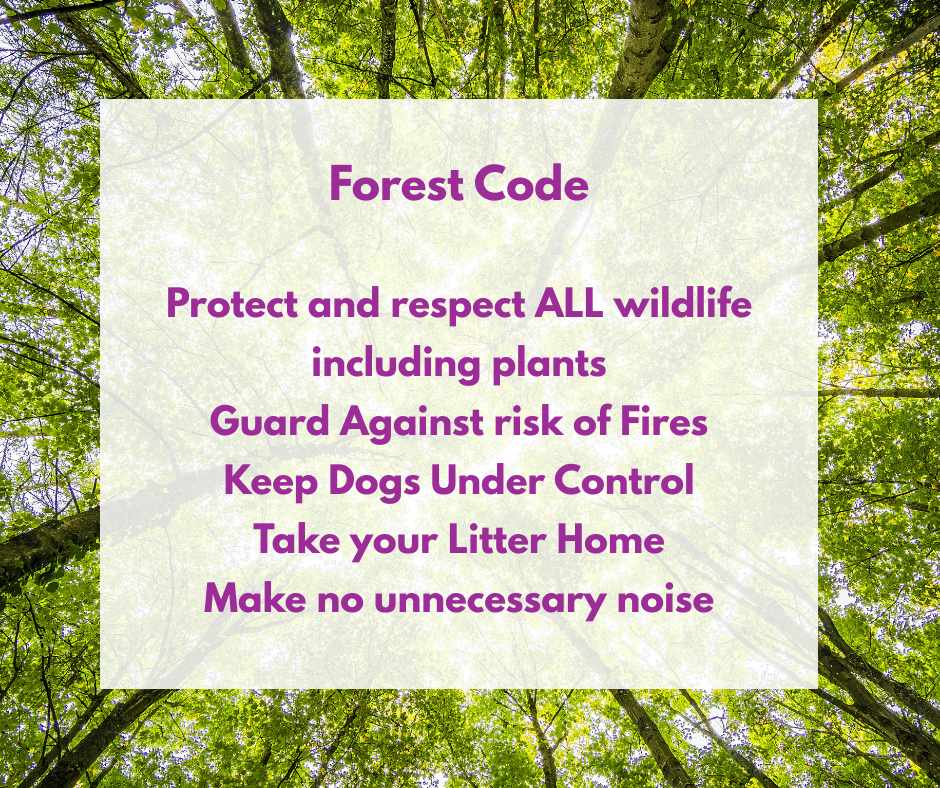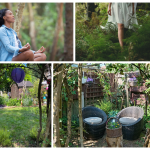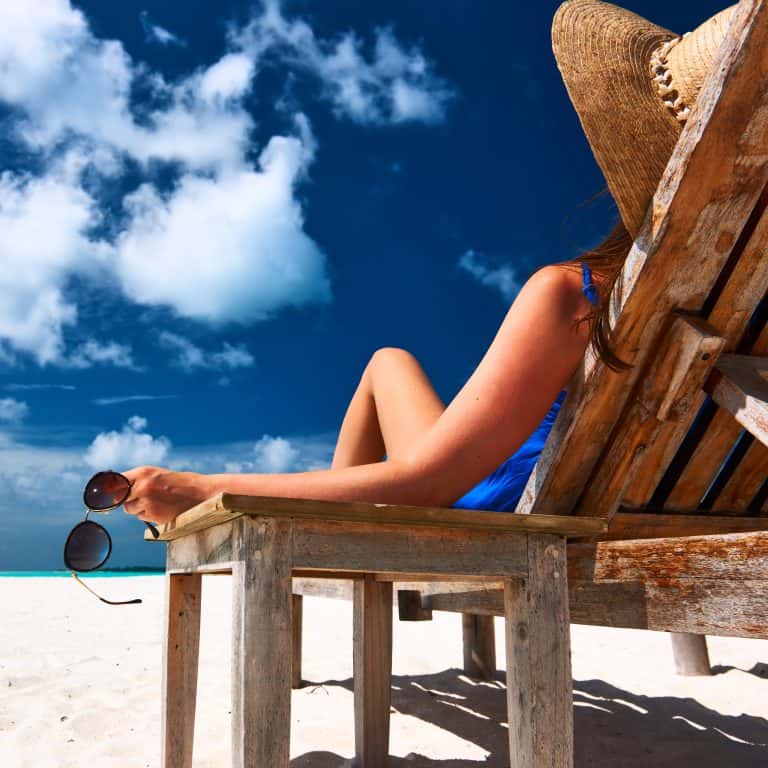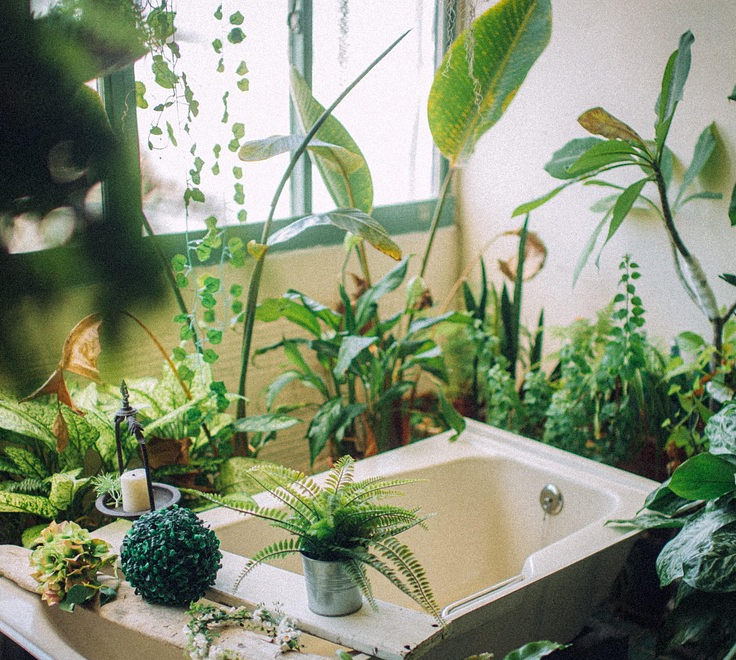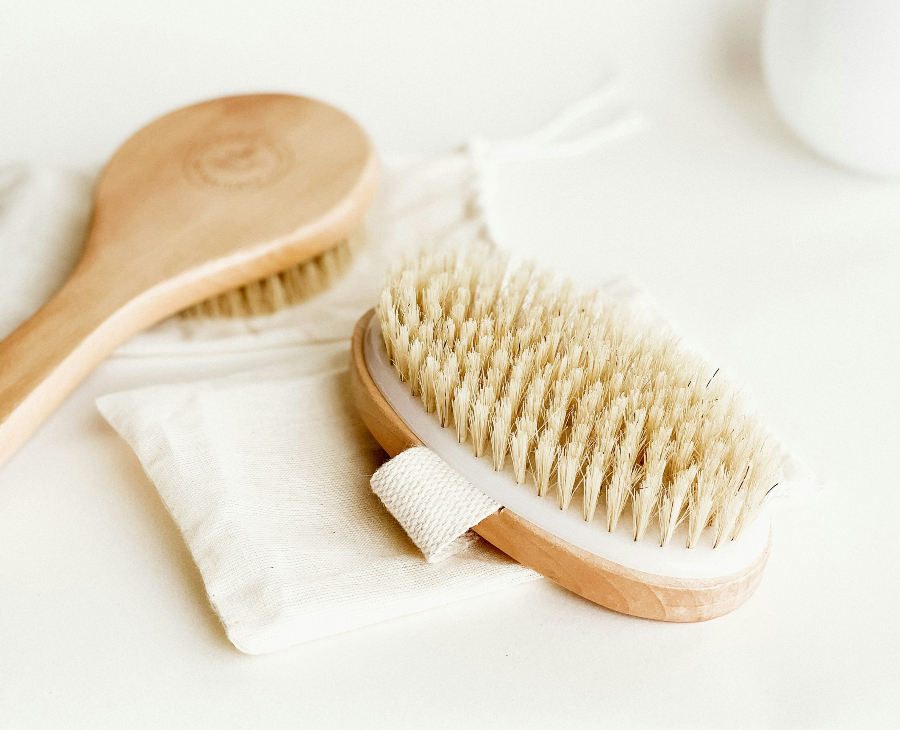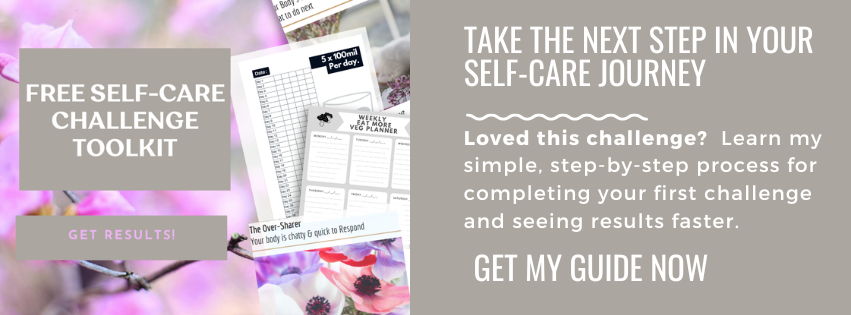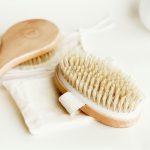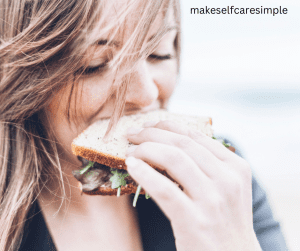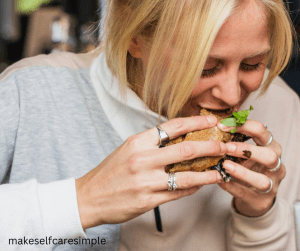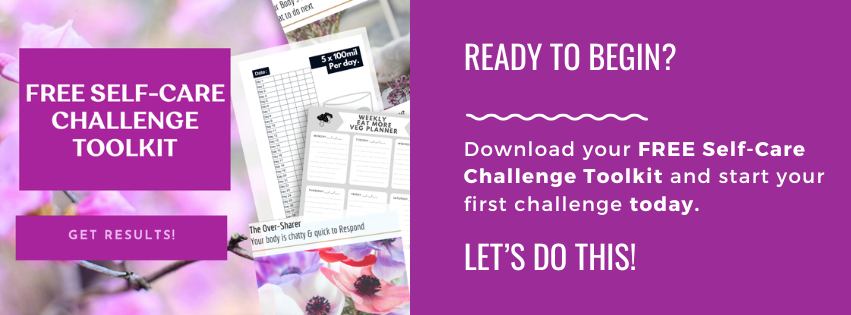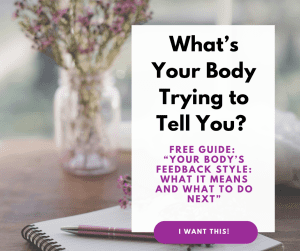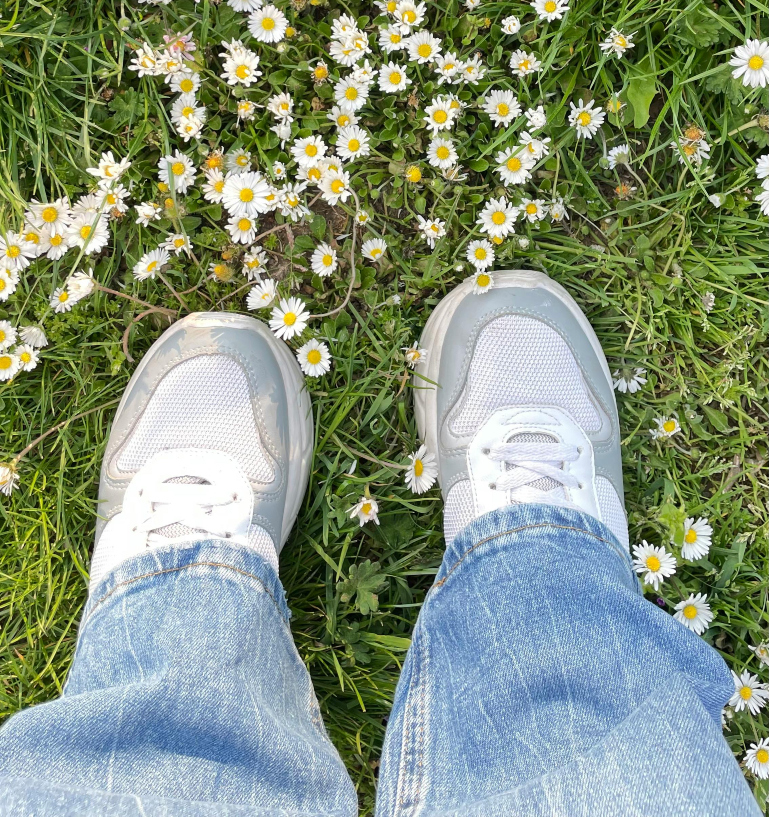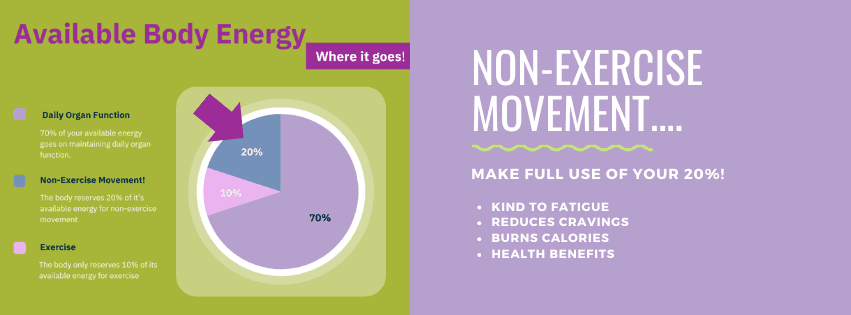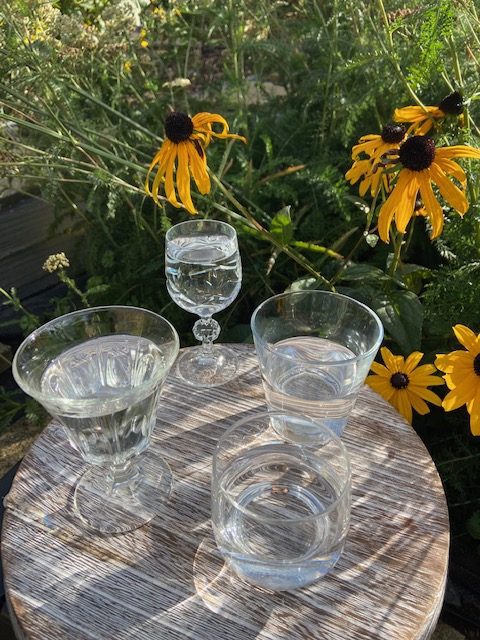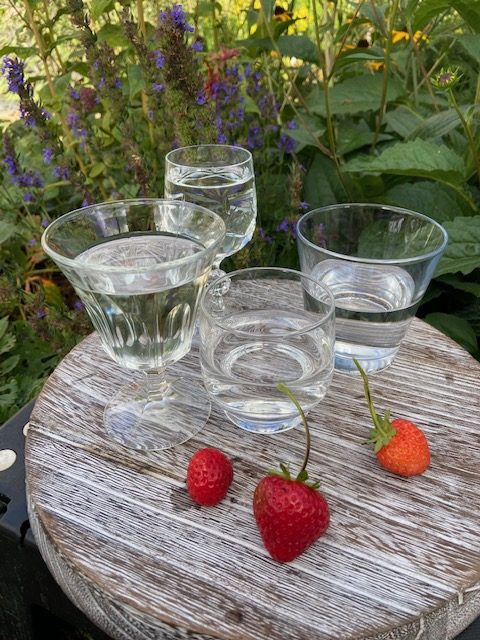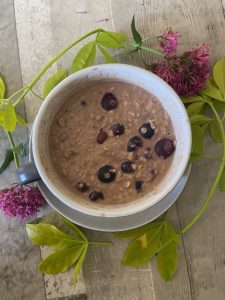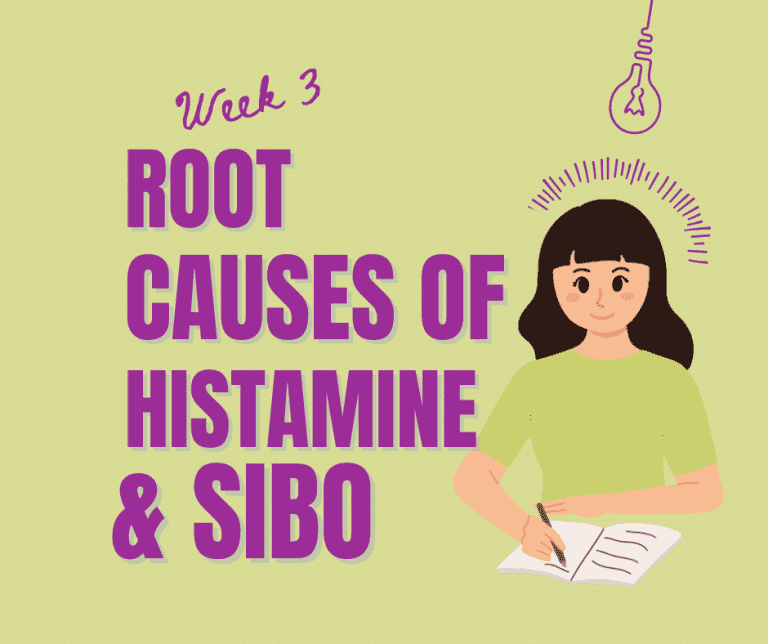When your energy is low, even a small mess can feel impossible to face. That’s why I love helping people declutter with the Moon — a gentle, monthly routine that guides you to release clutter one small step at a time, without feeling overwhelmed. Over the year, these little steps add up, turning even the most cluttered corners into calm, manageable spaces.
My Sparkly Sandal Moment
All I needed was my sparkly sandals from last summer.
I was already running late, so I grabbed at the bottom of my wardrobe—only to end up surrounded by shoes, bags, and impulse buys. One sandal in my hand, five minutes late, and a familiar wave of frustration rising.
This wasn’t the first time clutter had tripped me up.
Sound familiar?
Why Decluttering Feels So Hard
When you experience a ‘bad’ day, energy, health or mood is low, the thought of decluttering can feel impossible. You know the clutter is there — the messy corner, the overstuffed drawer, the wardrobe you avoid opening — but even thinking about sorting it feels overwhelming.
You tell yourself you’ll tackle it “one day,” but life, health, and mood get in the way. And the longer it waits, the heavier it feels.
Here’s the truth: you don’t need to fix everything at once. Small steps, taken regularly, make the difference.
That’s why I love using the Last Quarter Moon as a monthly reminder. This lunar phase is all about release and letting go — the perfect energy to clear just one small space at a time. Over a year, those little steps add up to a calmer home and a lighter mind.
This isn’t about perfection. Which is the last thing you need when you are in the middle of a low health, energy or mood phase.
It’s about reclaiming peace, little by little, with the moon as your guide.
What is Clutter, Really?
At its simplest, clutter is:
- Stuff that hasn’t been put away.
- Items you haven’t decided about yet.
But clutter is personal:
- Some see a messy desk, others see a creative workspace.
- Hidden clutter (drawers, wardrobes) weighs heavily too.
- Impulse buys, retail therapy, and “just in case” purchases quickly pile up.
Why Clutter Builds Up
Turns out that there are reasons why we have clutter!
It’s not laziness. Clutter often happens because of:
- Low energy or time.
- Decision fatigue.
- Emotional ties or guilt.
- Not knowing where to store things.
- Buying too much without clearing space first.
Something I found helpful is to ask yourself:
- Do I use it, need it, or love it?
- Am I keeping it for the past, future, or guilt?
- Does it actually have a place in my home?
The Emotional Side of Clutter
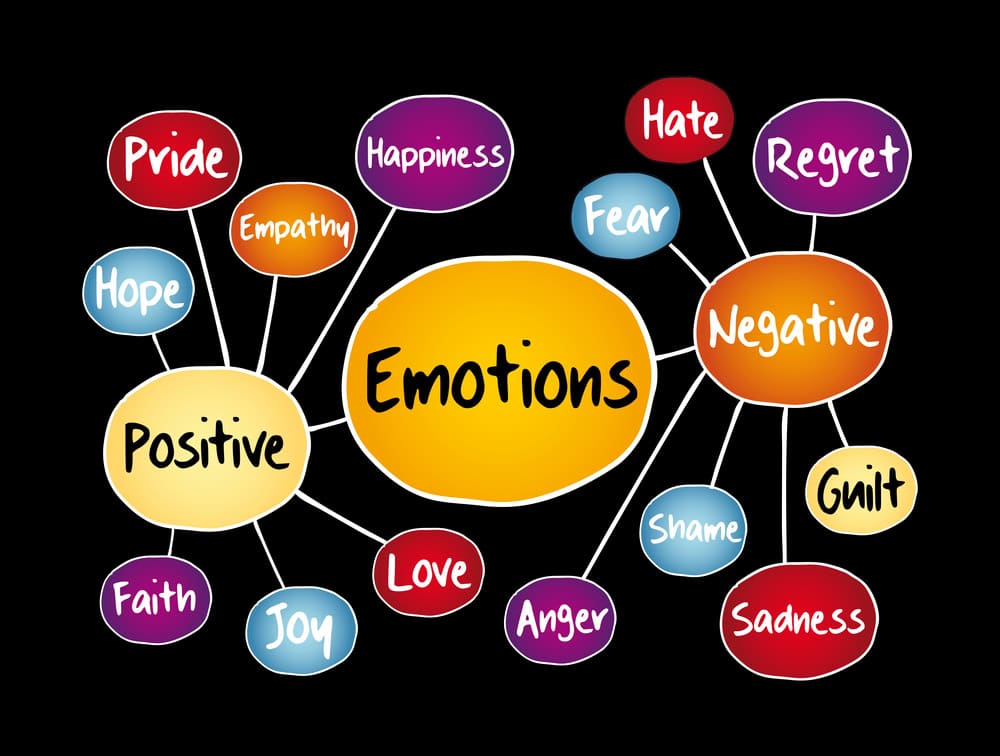
Clutter isn’t just untidy—it impacts how you feel.
- It sparks guilt, stress, or shame.
- Negative self-talk (“I should have done this already”) makes it worse.
- Decluttering, even a small win, brings calm and control.
As my (tidy) mum says: “When my space is tidy, it feels like everything in my world is alright.”
Benefits of Decluttering
If you still need some convincing or want to have some handy areas to assess your ‘before’ and ‘after’ results with your declutter challenge, I’ve listed some common benefits you can score for yourself.
Physical
- Find what you need quickly.
- Feel at ease with surprise visitors.
- Boost energy and sleep better.
Emotional
- Reduce guilt and overwhelm.
- Increase confidence and self-worth.
- Enjoy the satisfaction of completion.
Deeper
- Release the past and make space for new.
- Break cycles of procrastination.
Feel lighter, clearer energy in your space.
Short on Time?
You can jump straight to the ‘Recipe’ below.
These quick mood boosters come from the Align & Uplift Challenges, a collection of 5-minute self-care practices you can use anytime to raise your vibration, release stress, and reconnect with your best self.
Jump to RecipeWhy Declutter with the Moon?
Decluttering works best as a rhythm, not a one-off.
The Last Quarter Moon (half-moon with the right side dark) is linked to:
- Releasing and letting go.
- Emotional cleansing.
- Reflection and reassessment.
It’s the perfect time to declutter.
Each month, this moon phase gives you:
- A natural reminder.
- Supportive “letting go” energy.
- A chance to focus on just one small step.
Last Quarter Moon Dates (UK, 2025–2026)
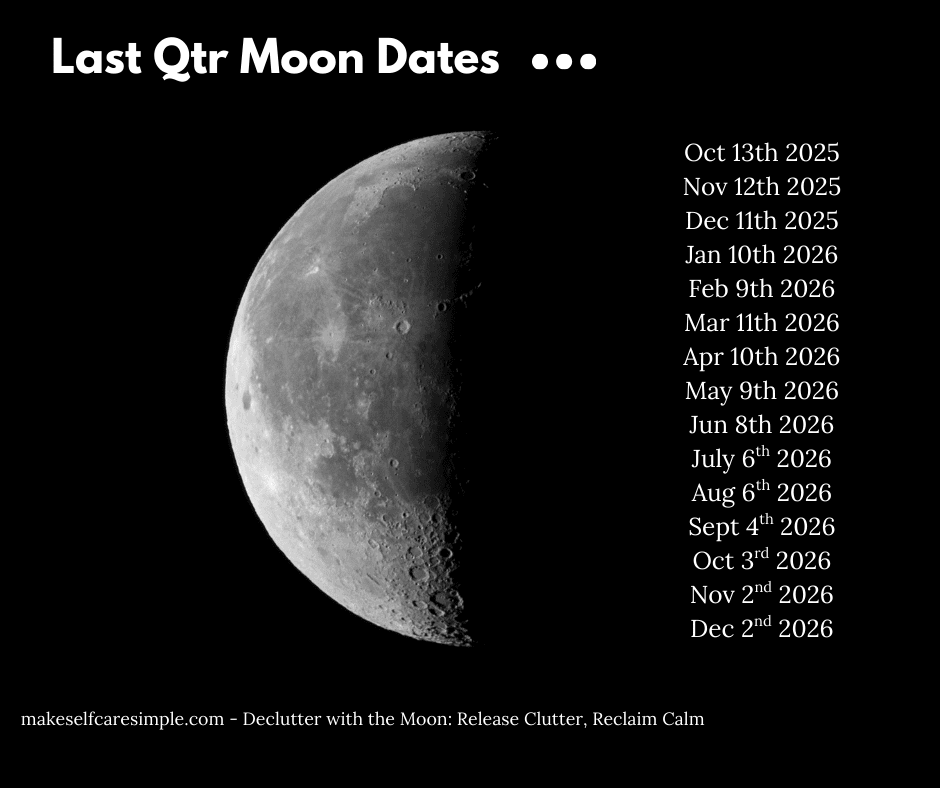
How to Join the Monthly Declutter Challenge
Step 1: Prepare
- Note the dates in your diary.
- Pick one small area (drawer, shelf, bag).
- Choose a realistic time (30–60 minutes is enough).
- Gather bags/boxes: Keep / Donate / Bin.
- Set up with a drink, timer, and music.
Step 2: On the Day
- Set an intention: “I release what no longer serves me.”
- Declutter your chosen area.
- Put items straight into their new home, donation bag, or bin.
- Stop when your time is up.
Step 3: Celebrate
- Notice how the space feels.
- Breathe and enjoy the calm.
- Remember: one drawer today = more peace tomorrow.

Quick Decluttering Tips
Struggling to get started? These tips can help!
- Start small — one drawer, shelf, or type of item.
- Ask: Do I use it, need it, or love it?
- Hesitating? Decide: Keep, Donate, Bin.
Be kind to yourself — you’ve already had value from items, even if you let them go now.
What to Declutter (Ideas List)
I try to focus on the areas that cause me the most frustration, or stress. Here are some areas to consider.
- Cupboards or drawers
- Desk or table
- Wardrobe, shoes, bags, makeup
- Toys, books, coats
- Paperwork or digital clutter (emails, photos)
- Car
Final Thoughts
Decluttering doesn’t have to mean tackling your whole house in one exhausting go. Using the moon as your guide, you can release a little at a time — without the overwhelm.
Each Last Quarter Moon is a fresh chance.
Small steps really do add up.
Decluttering feels easier when you’re not doing it alone.
Join my newsletter to get monthly reminders, encouragement, and a gentle push from the moon to keep moving forward — one drawer at a time.

Only takes a few minutes to get started.
Make Self Care Simple shares general self-care education for inspiration only. I’m not providing medical advice — always check what’s right for you with a qualified health professional.
©2025 Make Self Care Simple.
Save or Print your Declutter with the Moon Recipe!
Declutter with the Moon: Release Clutter, Reclaim Calm
Notes
Moon Declutter Checklist
(Print this out or save it to use each month) Step 1 – Prepare- Note the Last Quarter Moon date in your diary.
- Choose one small area (drawer, shelf, bag).
- Gather bags/boxes for: Keep / Donate / Bin.
- Set up your space with timer, music, drink.
- Set an intention: “I release what no longer serves me.”
- Declutter your chosen area.
- Put items straight into their home, donation bag, or bin.
- Stop when your time is up.
- Notice how the space feels.
- Enjoy the calm.
- Remind yourself: One drawer today = more peace tomorrow.

